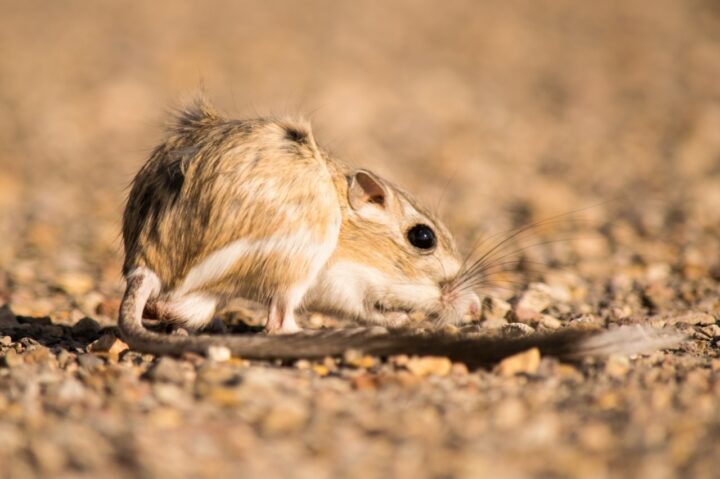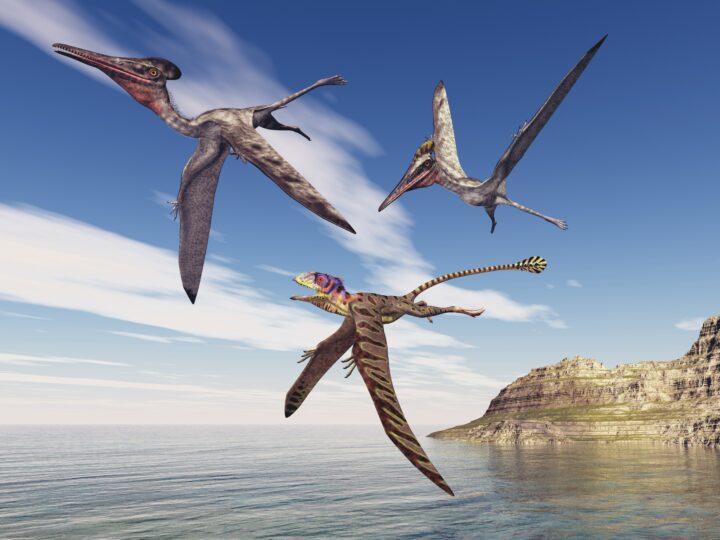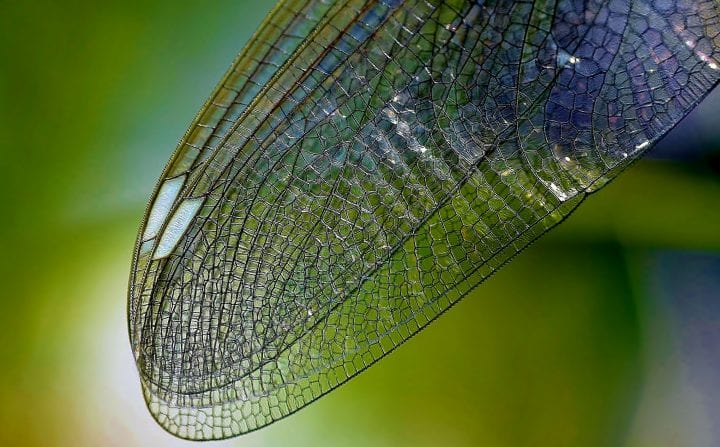Dragonfly wings are lined with sensors that help the insect navigate using information about airflow and wing strain.
Nothing, neither dragon nor fly, flies quite like a dragonfly. These delicate creatures have a double set of wings that allowing them to dance through the air with incredible agility. What’s even more amazing is that the wings themselves aid in control, thanks to an array of sensors that deliver information about airflow and wing strain.
The Strategy
Each dragonfly wing is lined with an array of sensors that helps the insect navigate using information about airflow and wing strain. The sensors are spread across the whole span of the wing, and they are connected to the nervous system. The axons of the wing sensors are scaled to compensate for transmission latencies.
The information gathered by the sensors is used by the dragonfly to navigate its environment. The sensors help the dragonfly to avoid obstacles, to find prey, and to mate.
The Potential
The dragonfly’s ability to use information gathered by a network of sensors to navigate its environment could be used to improve our ability to do the same. The sensor array could be used to monitor the structural and aerodynamic state of an aircraft or to control a ground vehicle. The sensor array could also be used to detect motion beyond the range of vision.
It also points to the enormous opportunity for a new generation of sensors in every sector. Infrastructure, textiles, and agriculture could all benefit from the application of biological or biologically-inspired sensors. The dragonfly shows how it could be done.






